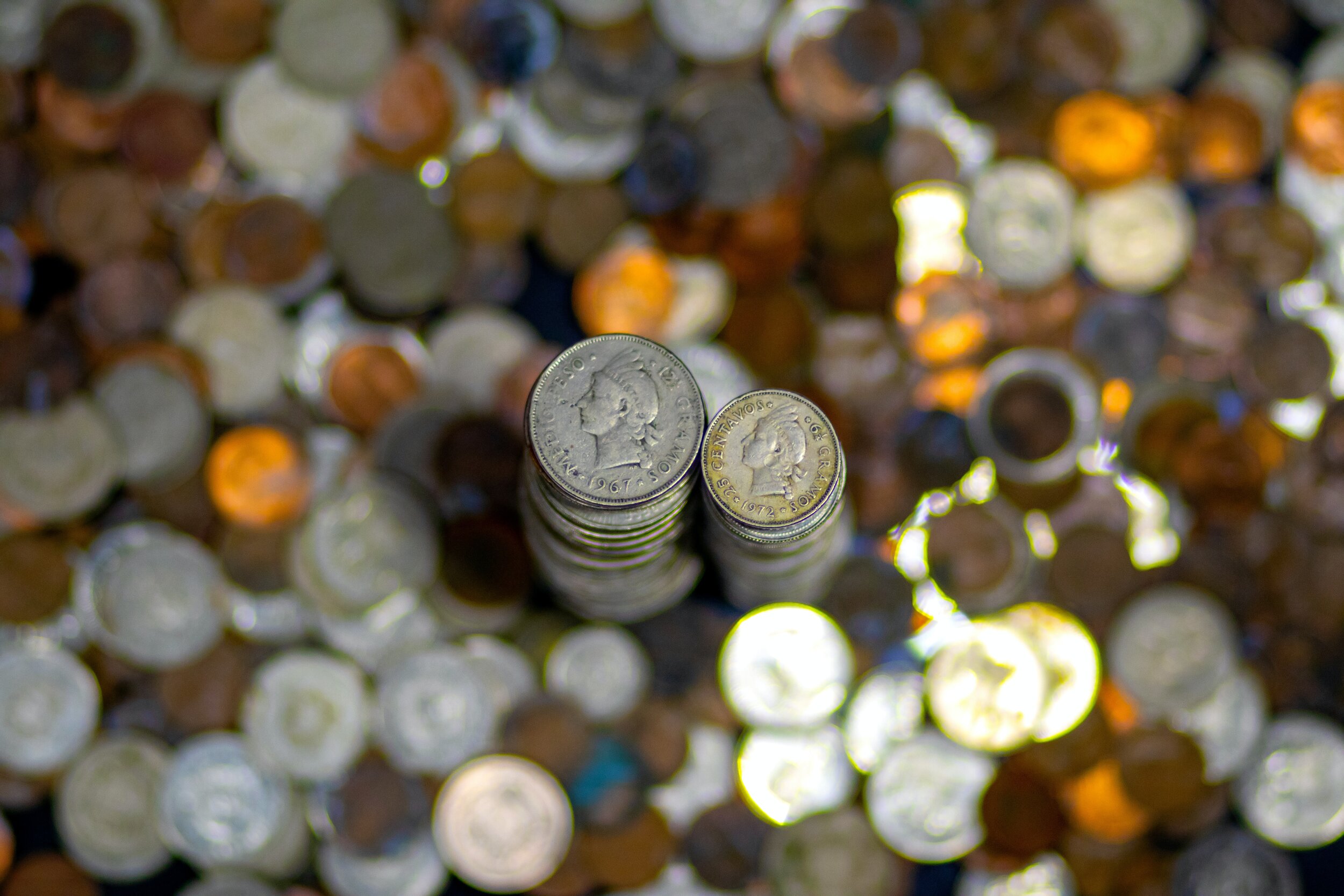-----An interview with Dr. David Roye, Chief Medical Officer of JuniperMD, by Hugo Wang
Vaccination has been on everyone's mind. With the fight against COVID-19 at its final stretch, the vaccination rollout in different countries becomes the key to the successful containment of this vicious virus. Dr. David Roye is with us today to discuss his views on what a successful and considerate vaccine rollout looks like.
Living in China, but also keeping close eyes on the movement of vaccination in the U.S., Dr. Roye was able to offer us some insights on the reasons why cases in China have been drastically declining even though vaccination there is not as rapid and extensive as it is in the States.
"Not to be unpatriotic, but they handled COVID-19 so much better here. The system here is rational and public health-oriented." Dr. Roye then told us about his personal experience with China's contact tracing strategy. "It would be considered by half of Americans an invasion of privacy. When I am traveling, I have two health account on my phone. When I enter two different provinces, I need to present my information about COVID-19 on those accounts to a public health official. These checkpoints are set up before plane rides, later at package pick-ups, and even in train stations."
"I even got a knock on my door after my last Beijing trip, where they had couple hundred cases and a few hospitalizations." An even more personal encounter surprised Dr. Roye. "The neighborhood public health worker told me that they know I was in Beijing and asked me what neighborhoods I was in." This was part of China's subsequent contact tracing following the recent cases in Beijing that have caused alarm from public health professionals all over the country.
While public health strategy in China was praised by Dr. Roye, he also cast doubts on China's vaccine rollout's future outlook. In terms of vaccine, China has discreetly rolled out its domestically produced batch. "The efficacy of these vaccines is not yet clear. There are no data on the effect for people over 60." With China's past scandal of fake vaccines, the unclarity may cause doubt and distrust of the new vaccines, leading to an unideal vaccination rate.
In the U.S., the problem is different. Health disparity remains a large issue that hinders vaccine rollout. "Rural areas and countryside rarely have access to healthcare and vaccines." Dr. Roye describes the problem as such.
"A truly effective vaccine program would target one's antibody load. If you have the antibody but are staying in line for the vaccine, valuable resources are being wasted." Dr. Roye further gave his suggestion of what an ideal vaccination plan should look like. "Each state should not be able to do its own thing. This is a national problem and a global problem."
Looking forward, both countries have room to improve and more lives to save. The essence of Dr. Roye's message is to administer a public health-oriented strategy with transparency and collective effort.
Photo by Artem Podrez from Pexels







